As if you needed any more evidence that Google dominates digital advertisement in the medical space, recent statistics have surfaced that only solidify the search engine’s importance to your medical marketing efforts.
It’s safe to say that digital advertising has completely revolutionized the patient path to treatment, and nobody has played a bigger role in that transformation than Google. This past year, the search engine received 28 billion search queries about healthcare topics in the United States alone; of those queries, close to 25% were resolved by medical ads. All in all, search ads accrued a grand total of one billion clicks.
This abundance of of consumer interest in medical solutions has created a veritable gold rush for medical marketers vying for patient conversions — and like with any gold rush, competition for these digital consumers has ramped up quickly. Recent data shows that the average cost-per-click (CPC) for medical ads is $3.17 — $0.85 more than the average across all verticals.
As such, running a successful campaign has become more and more of a challenge — medical advertisements maintain a 1.79% average click-through-rate (CTR), 0.12% lower than the average CTR across other industries.
However, these figures shouldn’t dissuade medical marketers from relying on digital advertising in order to capture the attention of new patients — rather, they represent a huge opportunity to bring in new revenue at relatively low cost, so long as the right approach is taken. Here are a few of the key areas to focus on in order to stay one step ahead of the competition and achieve optimal results.
The Importance of Local Search
While the medical marketing vertical in general may be overcrowded, most medical practices and hospitals are seriously underinvested in local search. According to BIA/Kelsey, medical organizations allocate only 16% of their ad spend to these channels. This finding is particularly surprising, since 63% of those who search Google for healthcare ultimately base their healthcare decisions on how far they’ll have to travel to receive treatment.
If you don’t believe that such a powerful channel could be ignored by so much of the industry, consider this: according to Google, 60% of search queries for the phrase “hospitals near me” turn up no ads in the results page. Medical marketers should jump at the opportunity to fill local advertising niches, and luckily for us, Google makes local optimization easy.
To get the most out of low-cost, local search engine marketing (SEM) campaigns, medical marketers should utilize a keyword-planning tool with location targeting tools like the ones available from Google AdWords. AdWords helps medical marketers limit ad spend to within a geographical radius while centering campaigns around local keywords — a surefire method to target more active, transactional patients.
Mobile Optimization
Along with local search, mobile optimization stands out as a relatively untapped medical marketing strategy — one that can significantly increase CTR and decrease CPC.
More than half of Google searches are now conducted on a mobile device. Furthermore, out of the 72% of American adults who now own a smartphone, 62% use their device to search for health-related information. Google has responded to these trends by prioritizing mobile-friendly sites in their ranking algorithm. With this in mind, medical marketers who fail to adequately plan for mobile search will undoubtedly miss out on some potential patients.
While mobile optimization isn’t too difficult, it does require that marketers check to make sure that the site’s presentation is clear across all mobile platforms. Once again, Google has the best tools for the job — the company provides a simple, helpful test for mobile-friendliness that notifies a user if there are issues with loading or presentation.
By focusing on local search and mobile optimization, medical marketers can create new opportunities for increased ROI and patient conversion rates. As Google’s role in the patient path to treatment continues to increase, medical marketers are discovering that connecting with them is easier than ever before — they just need to make sure they’re taking the right approach.















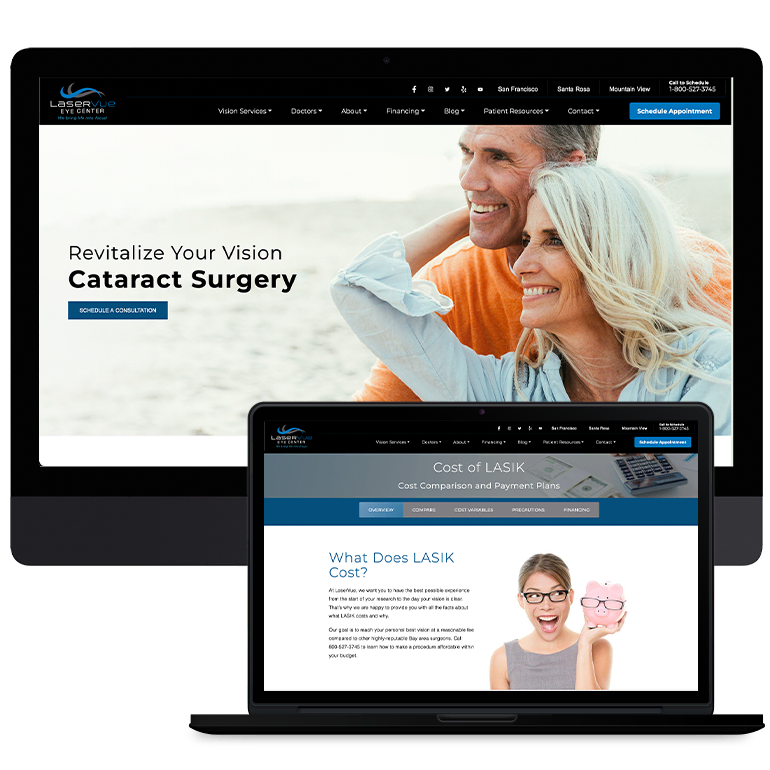
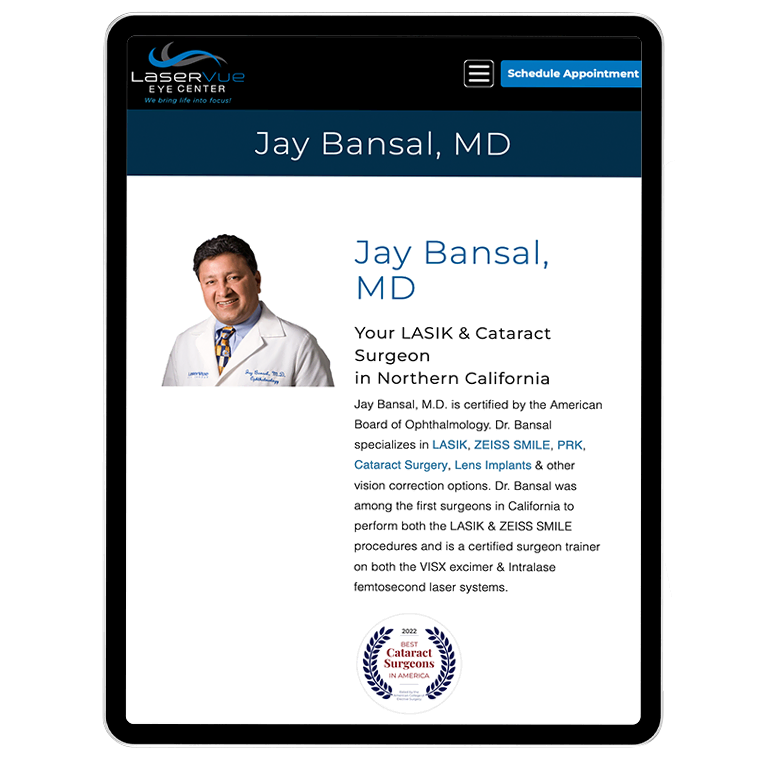
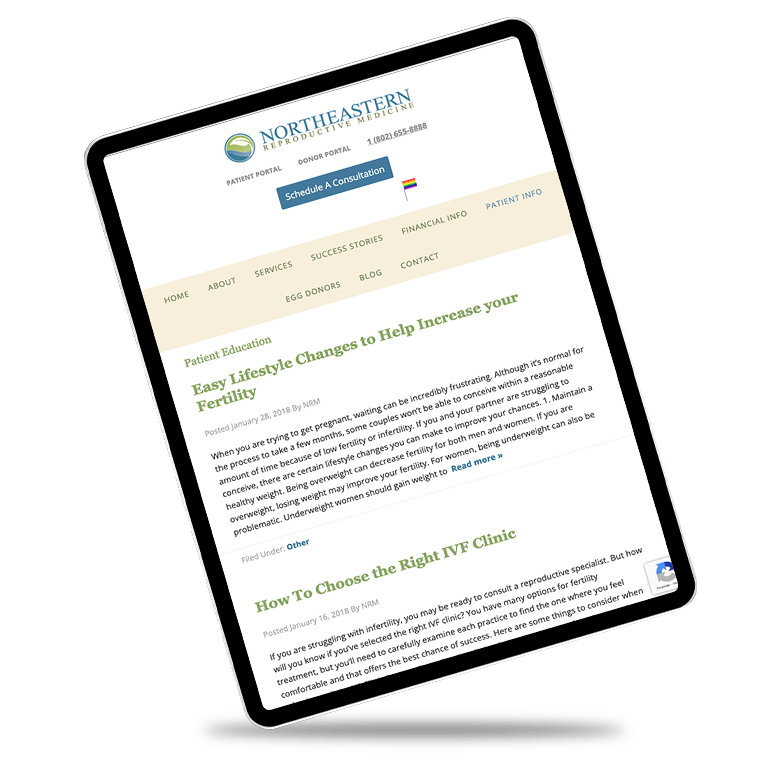

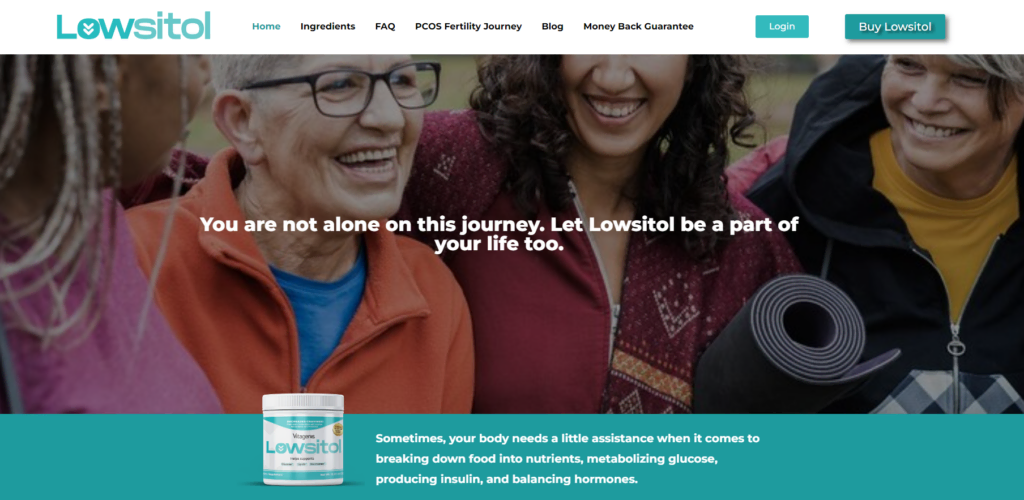

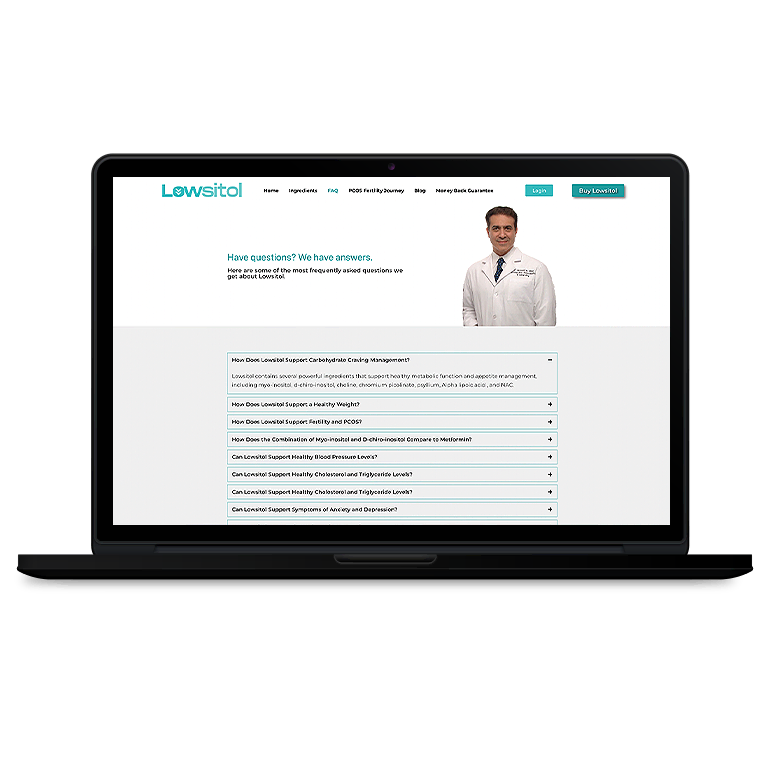
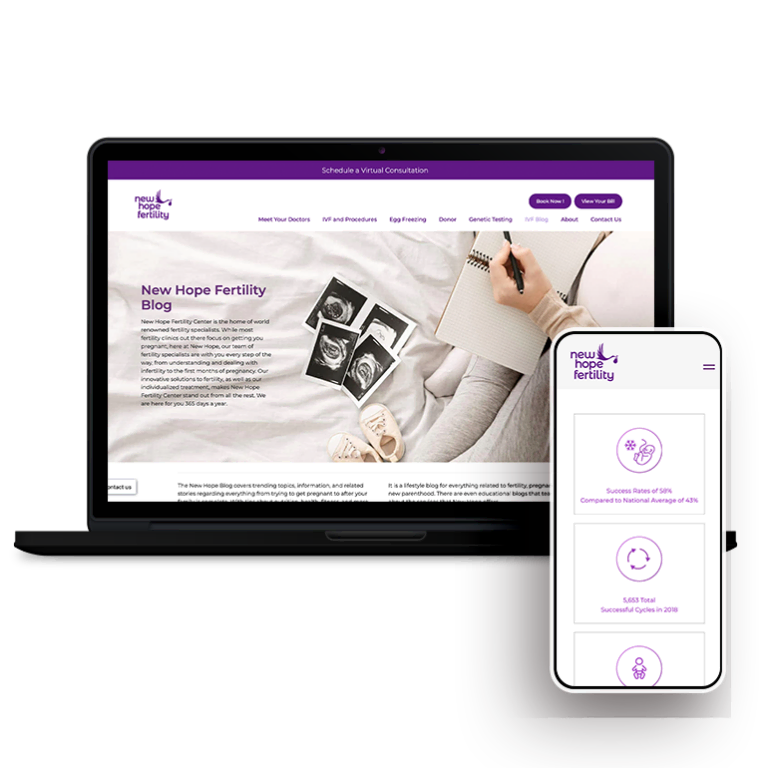
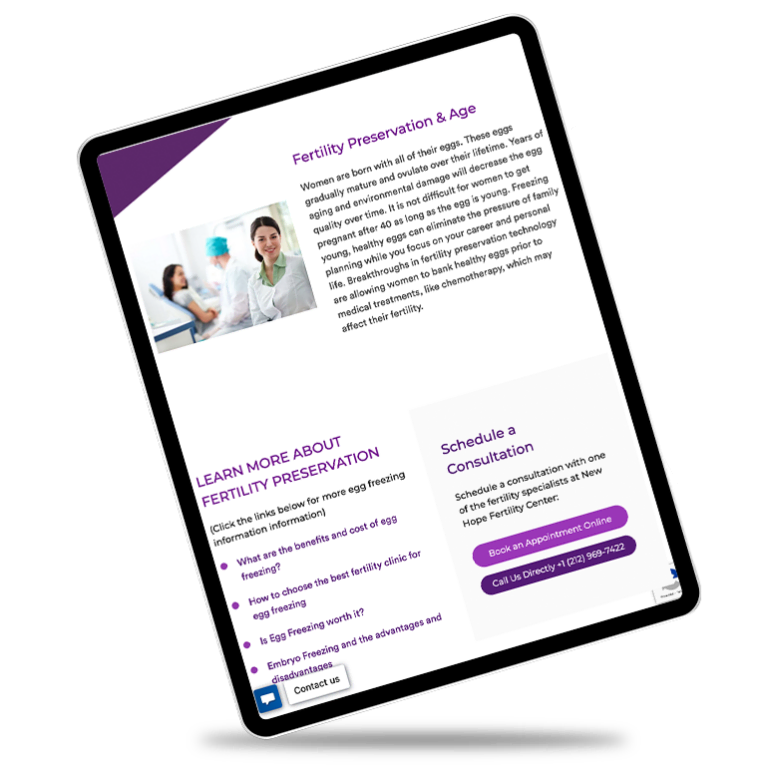

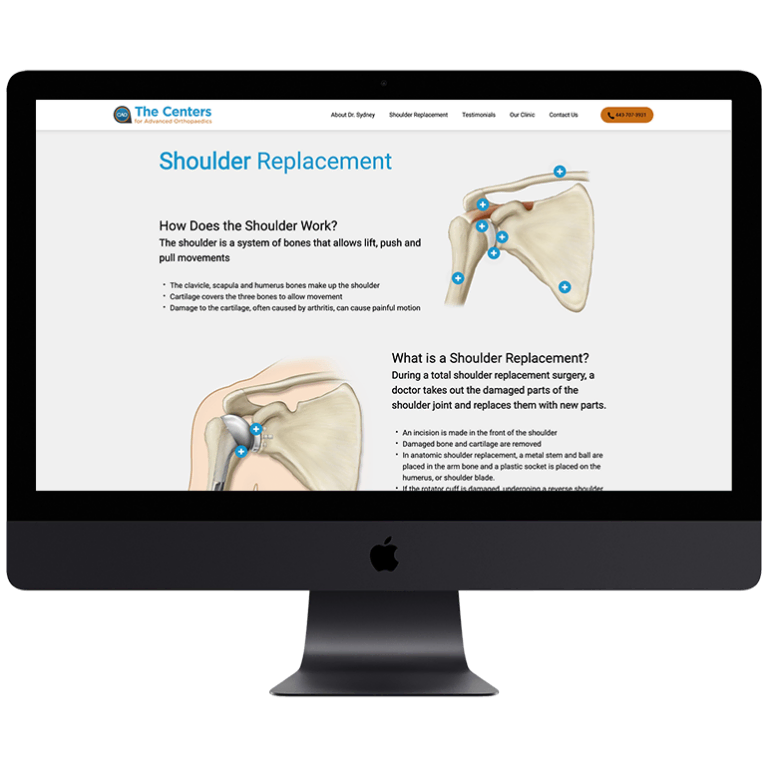


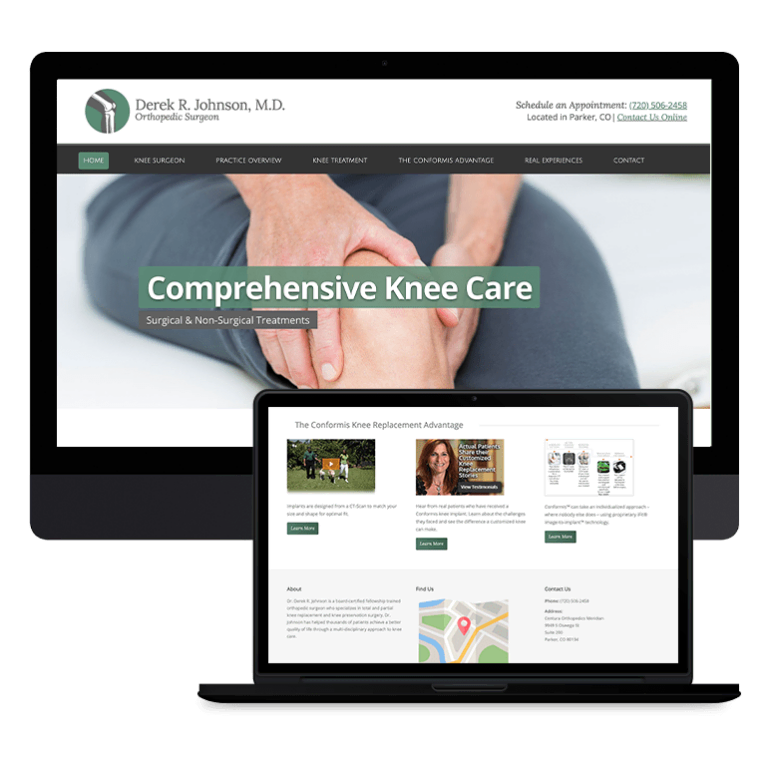
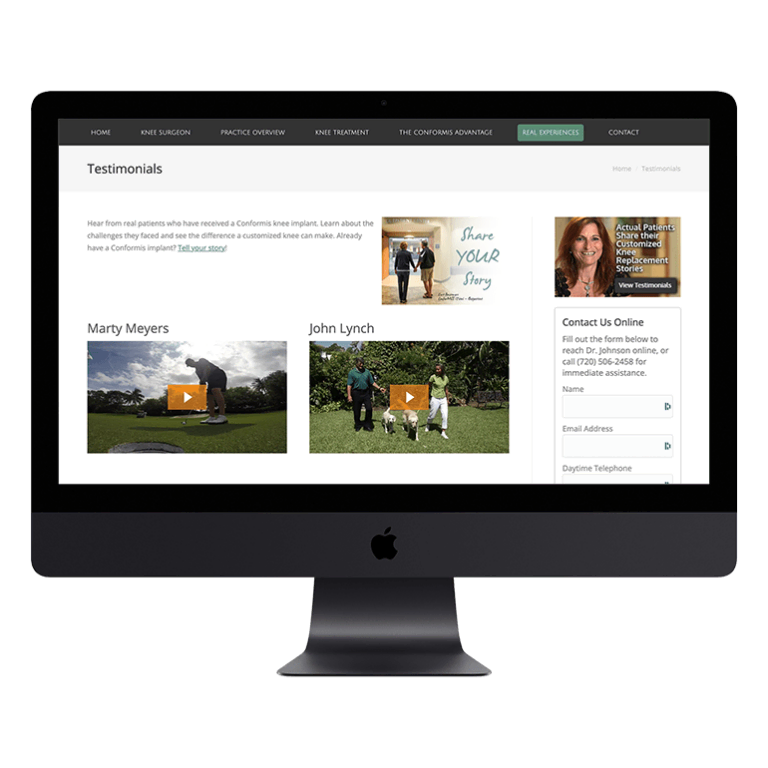
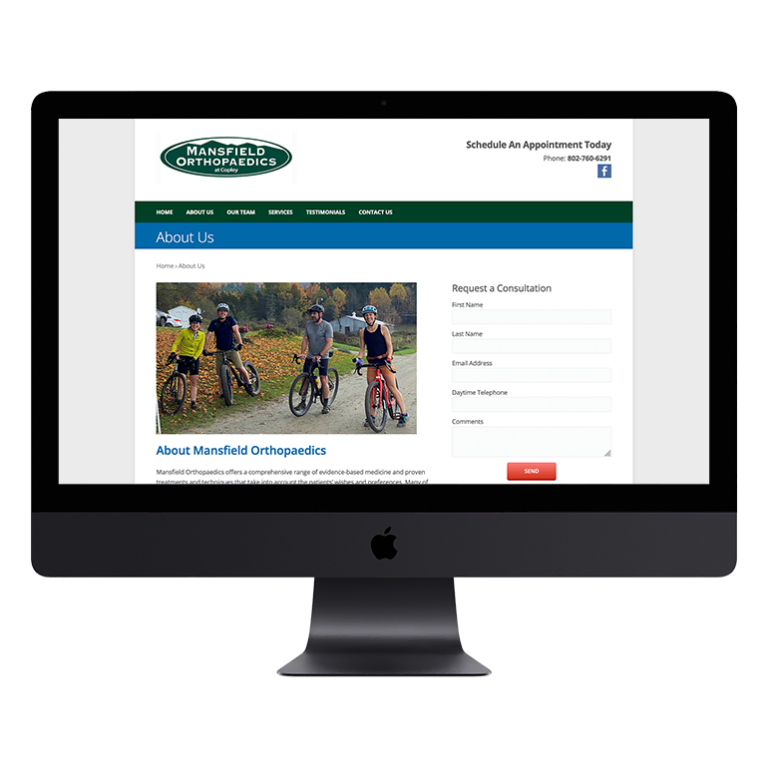
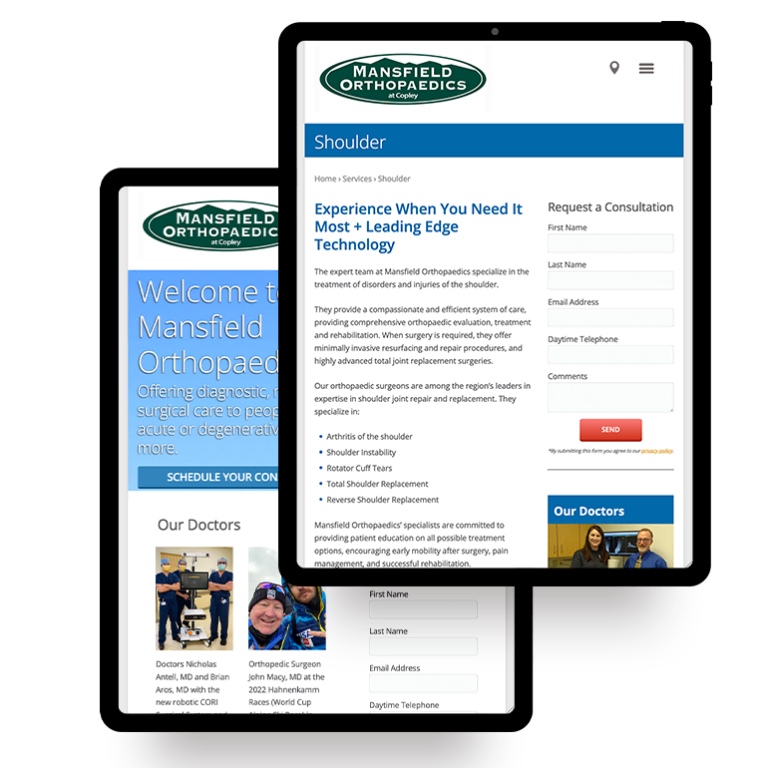
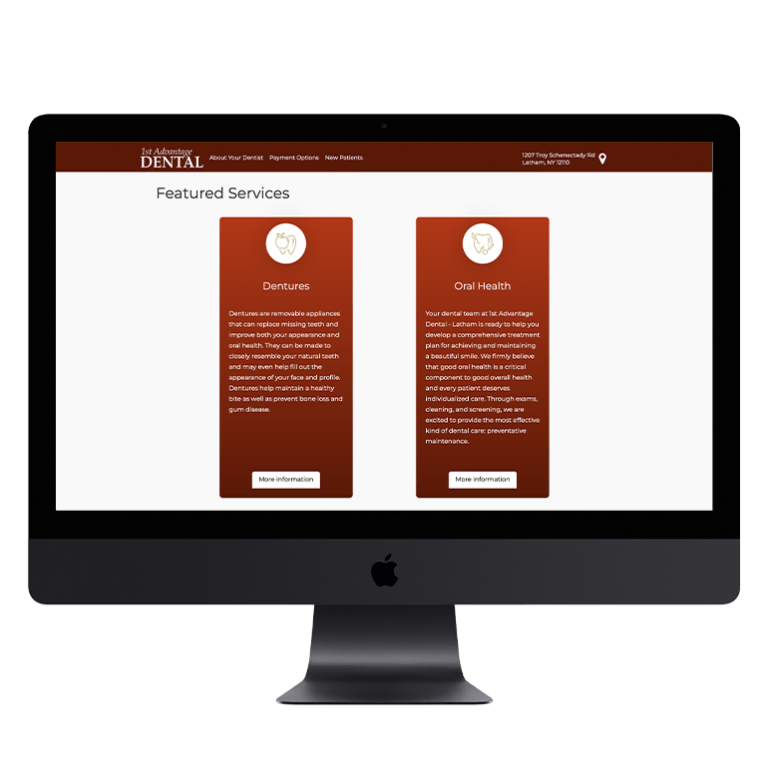
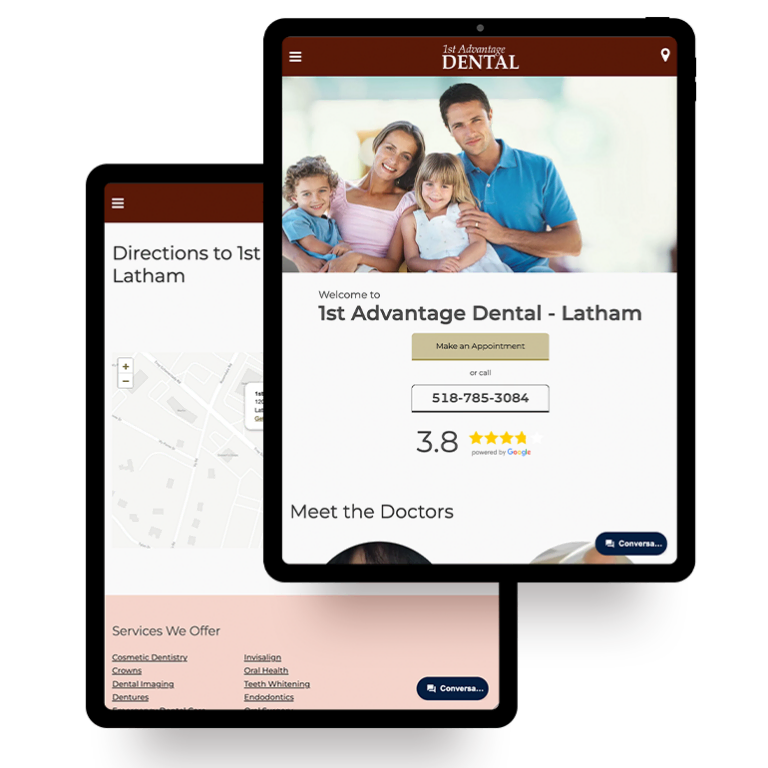
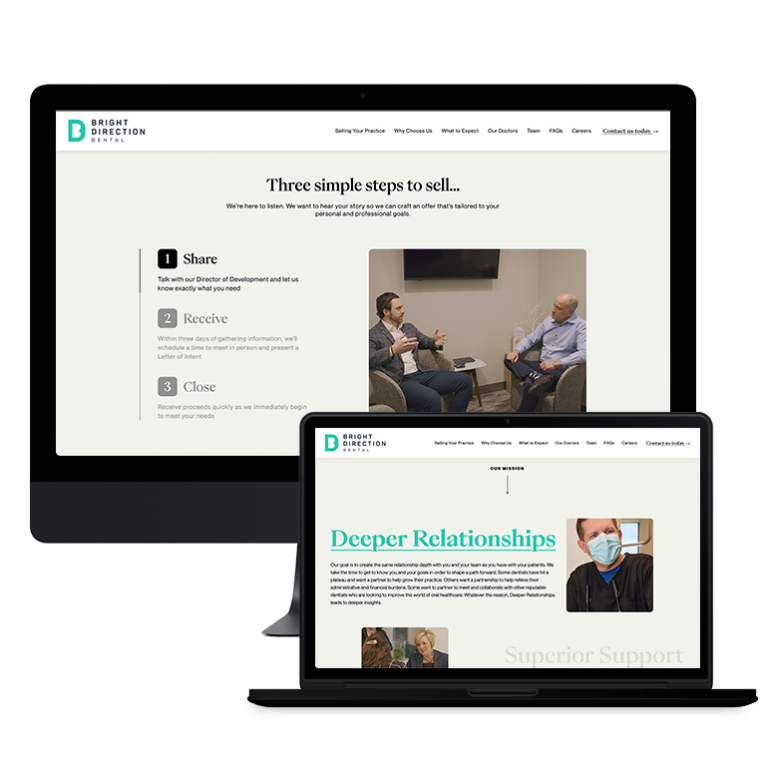
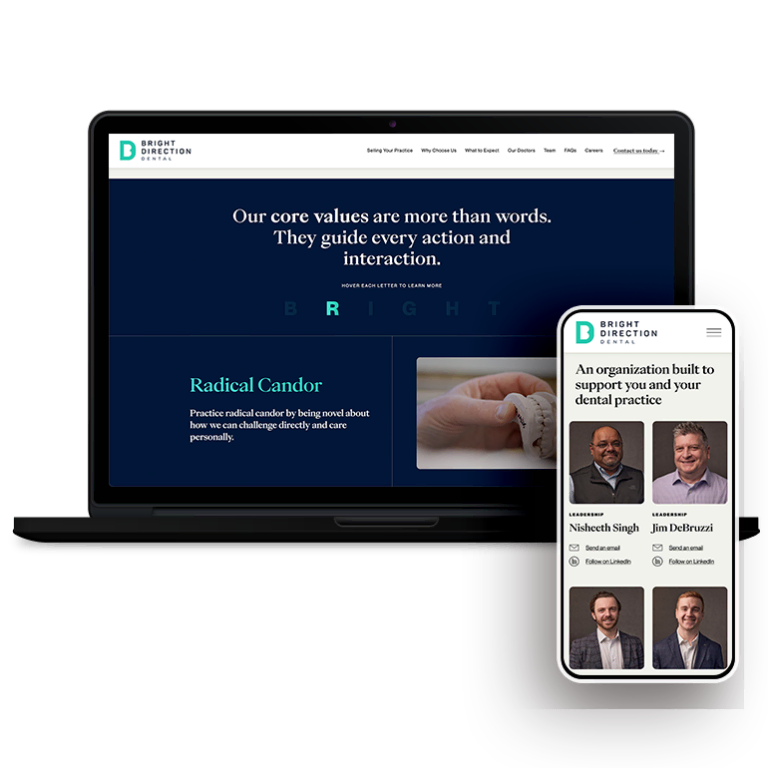
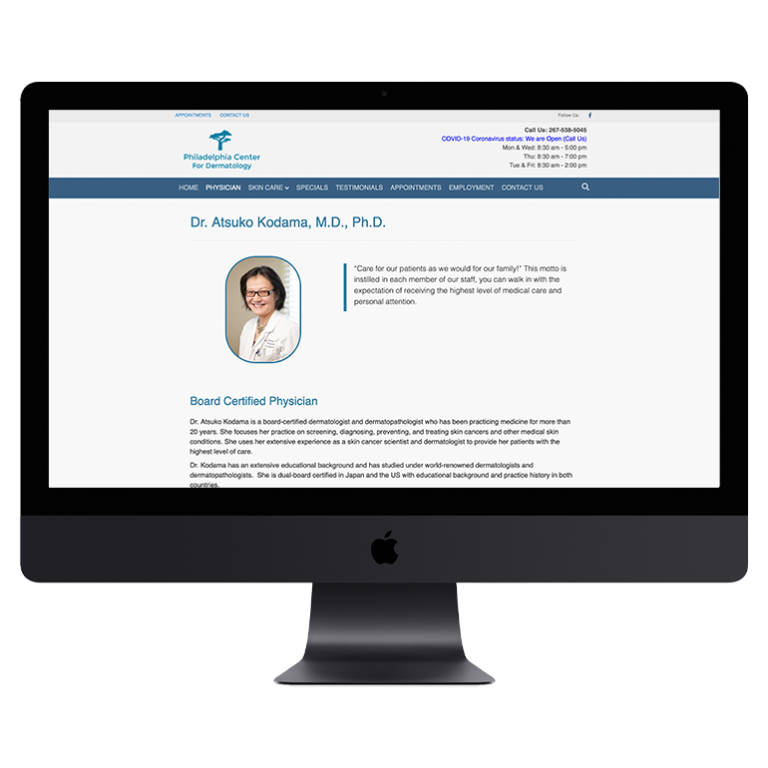
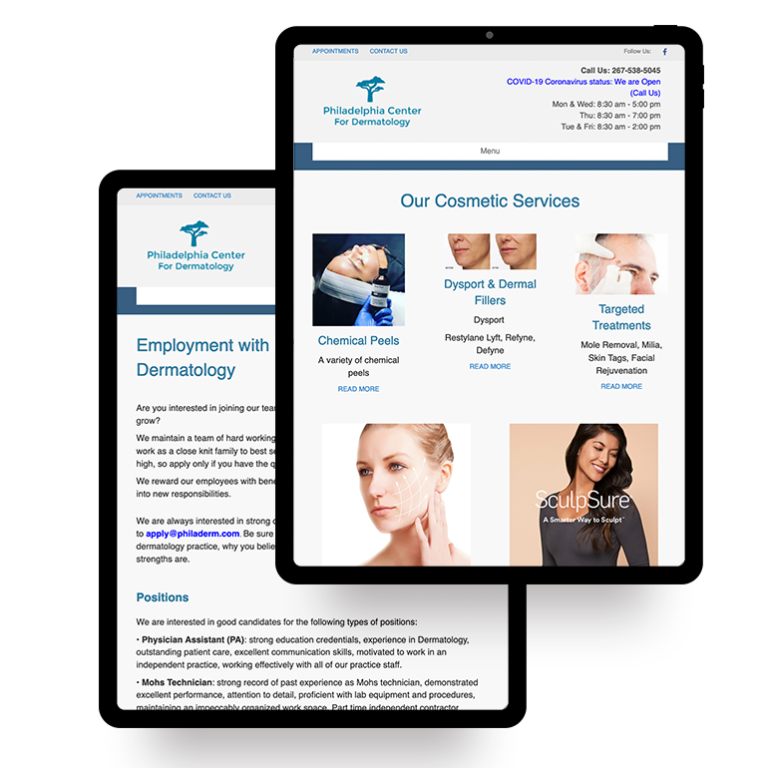
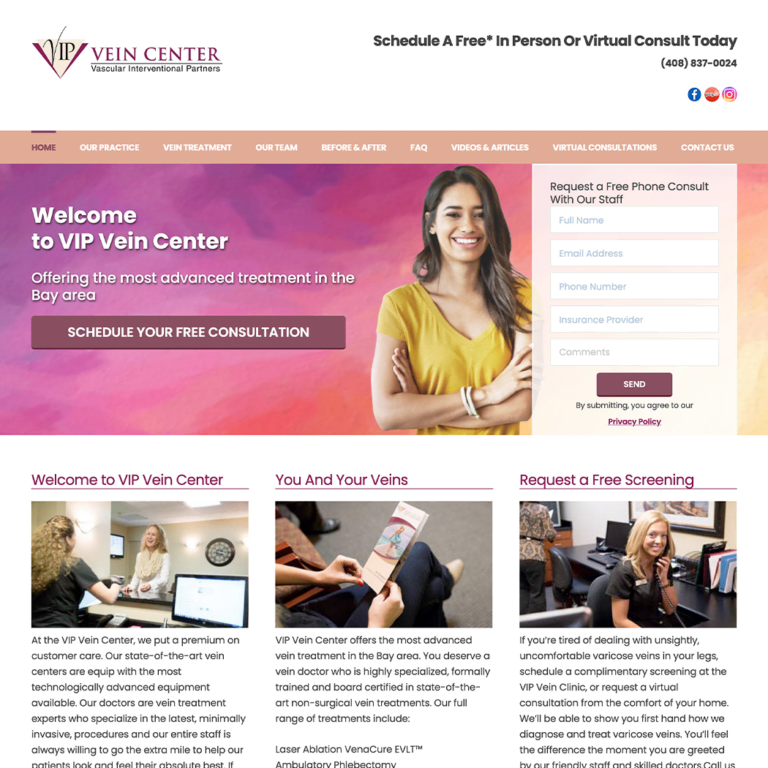

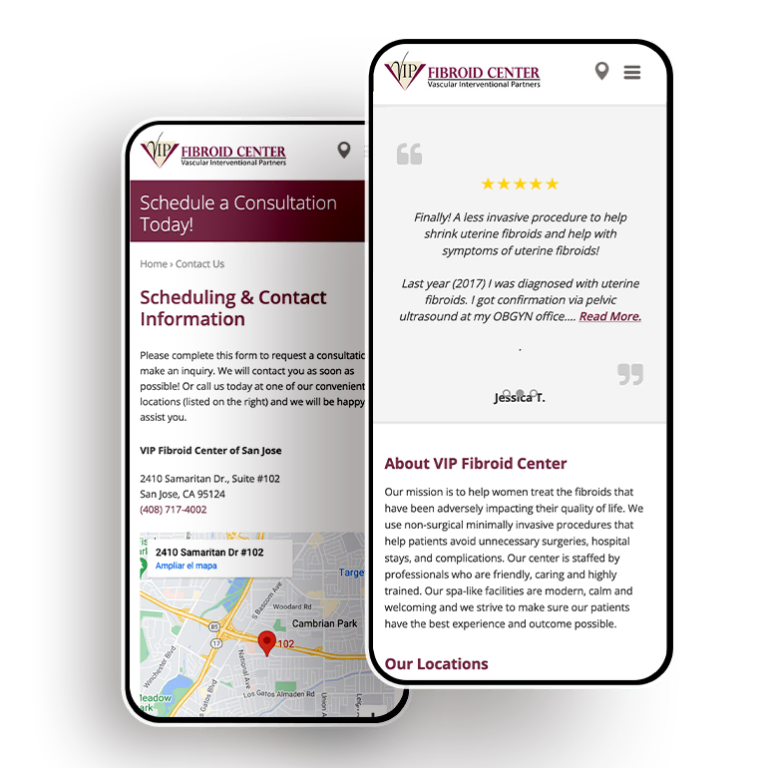
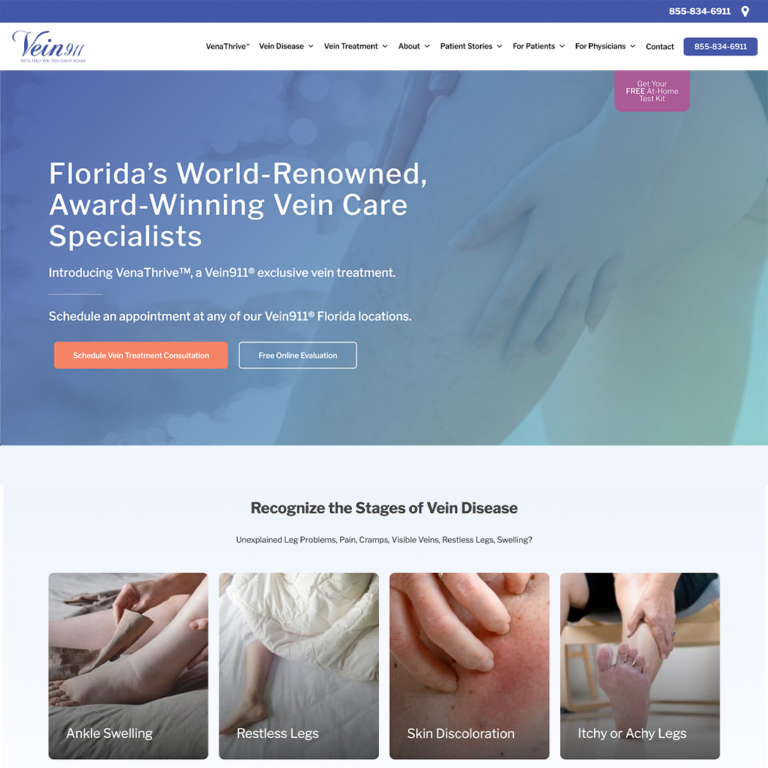
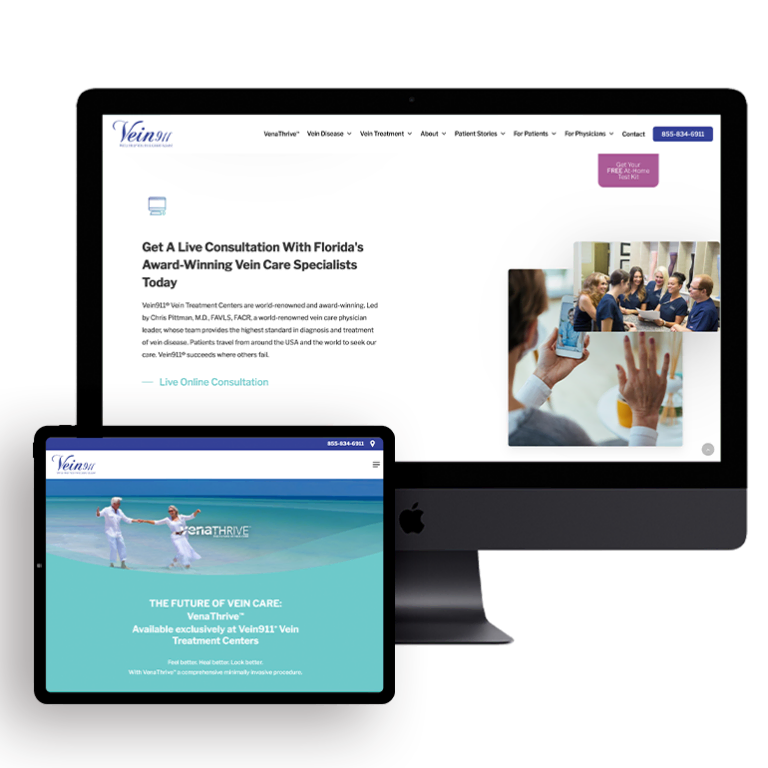
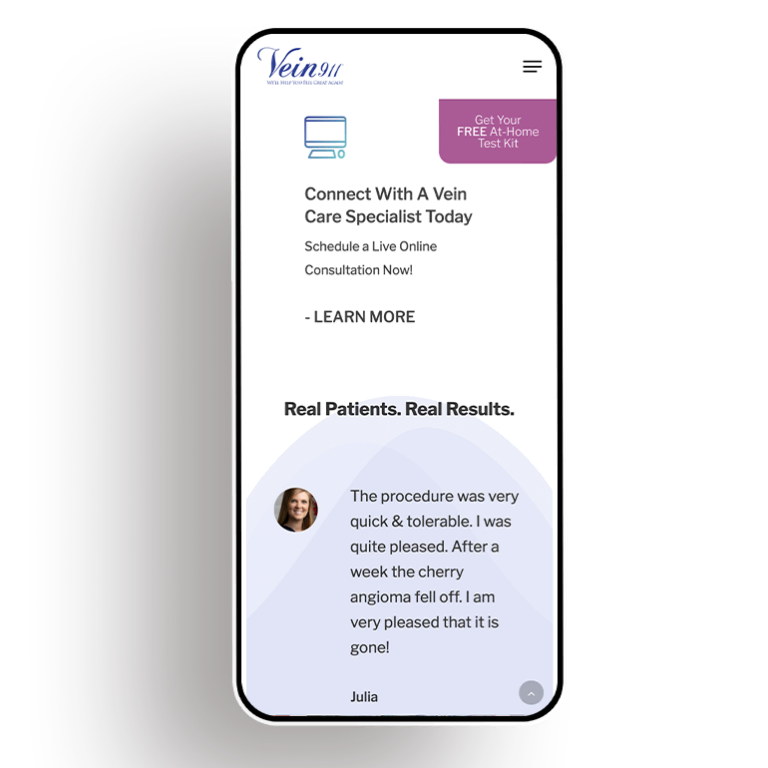
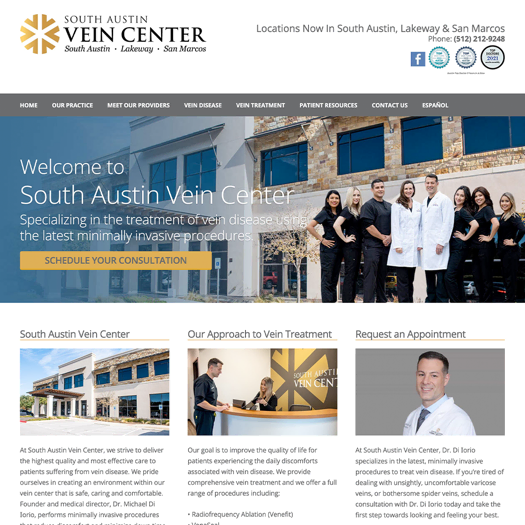
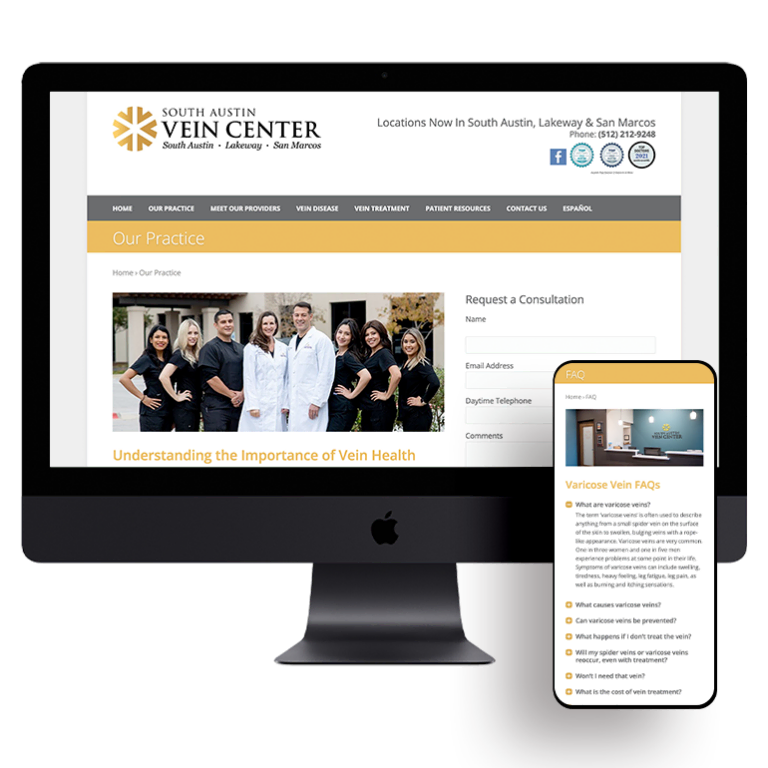
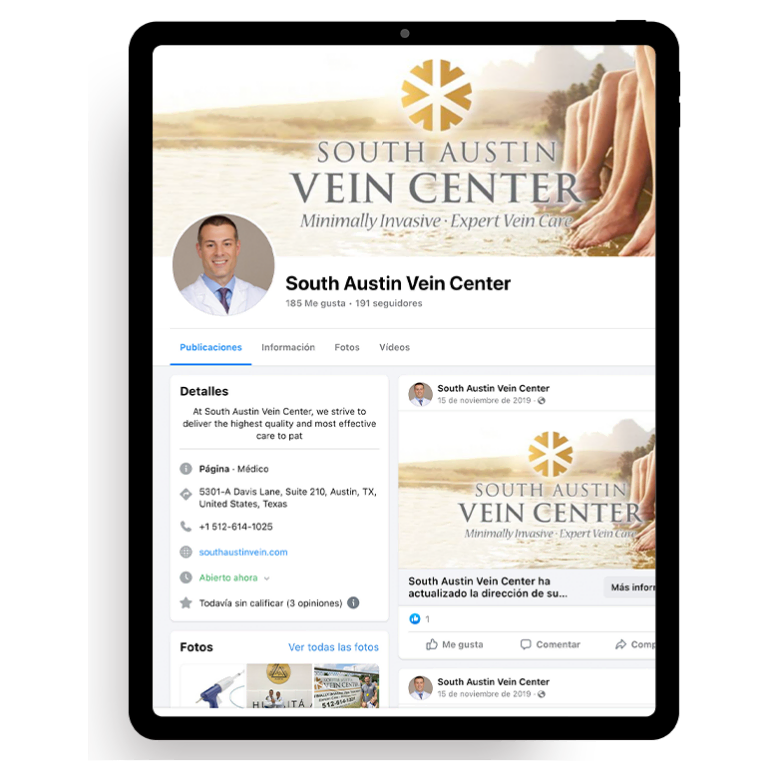

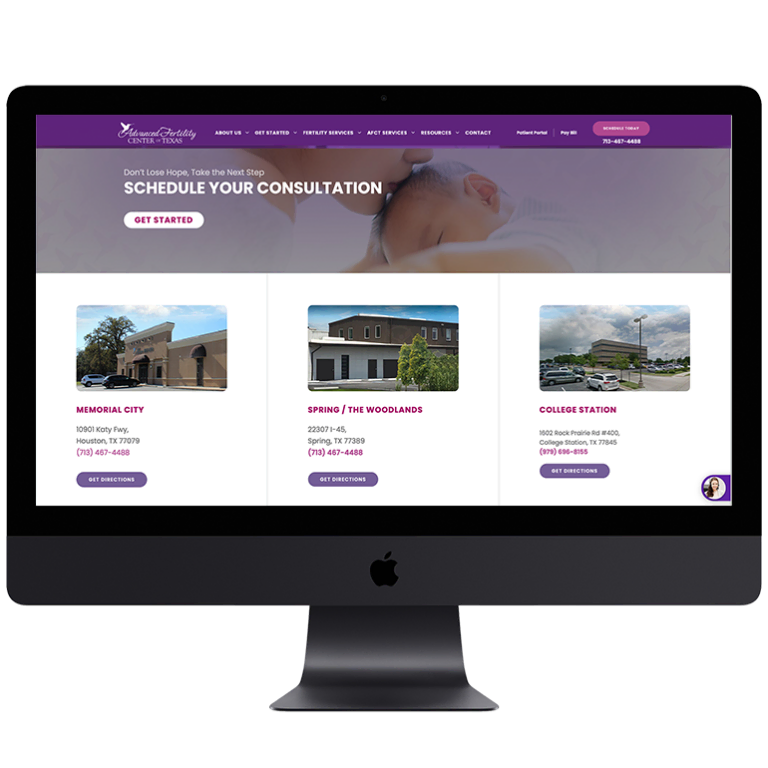
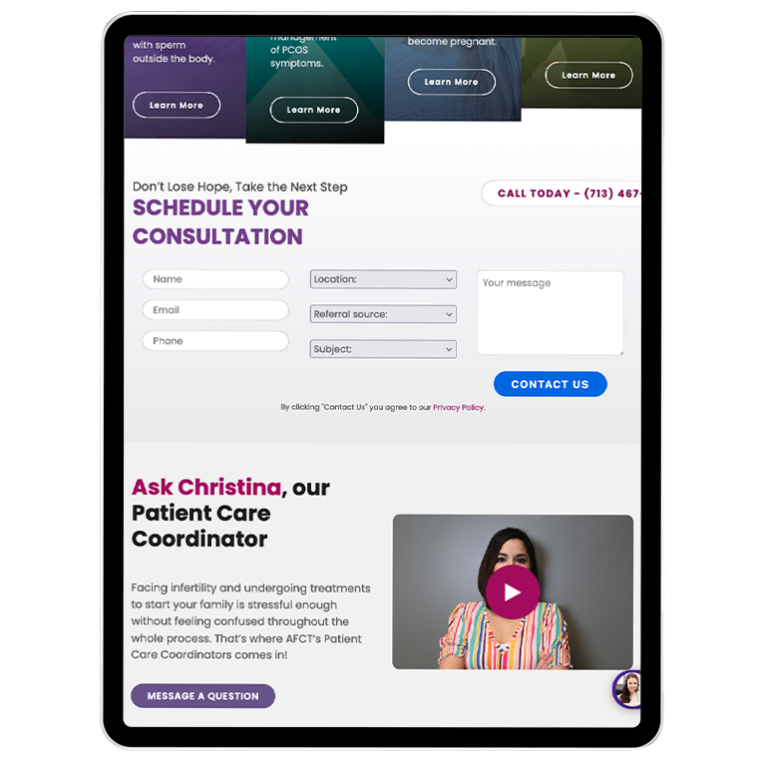
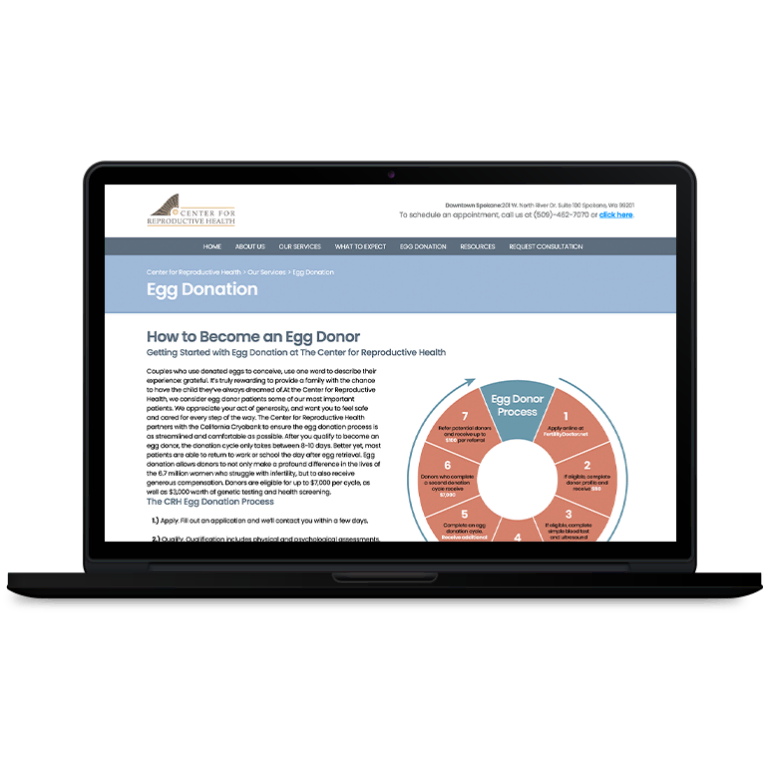
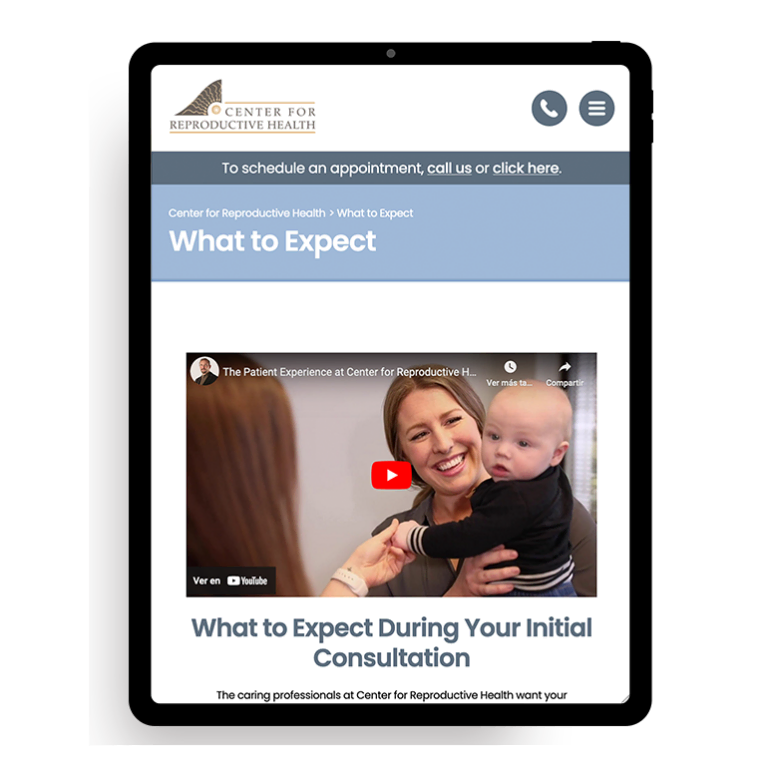
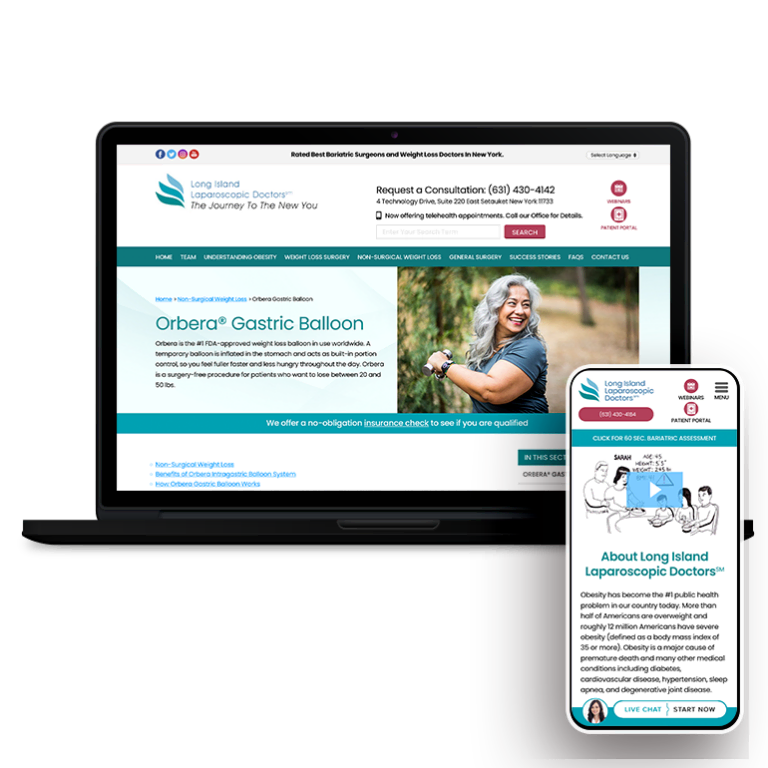
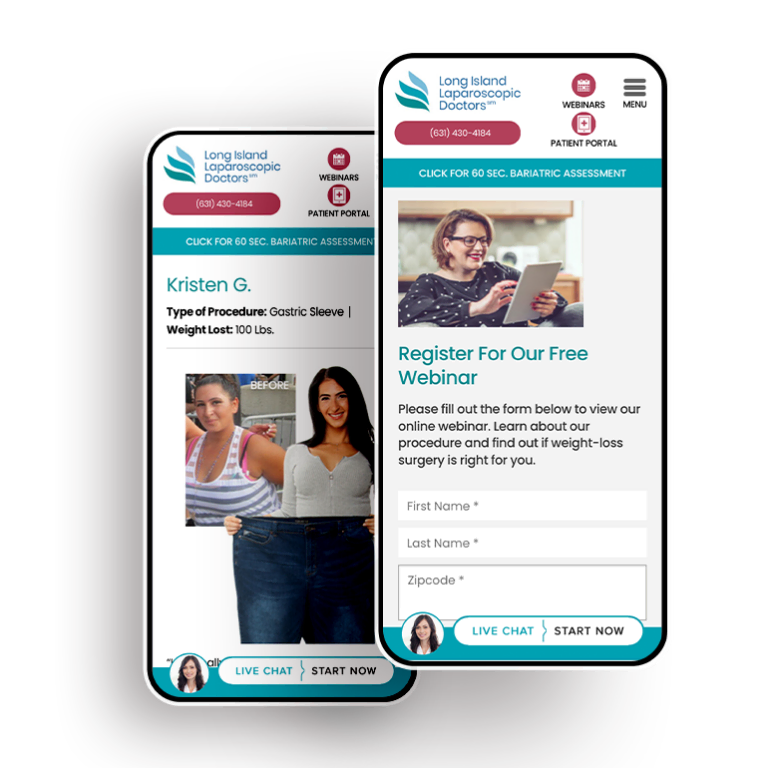
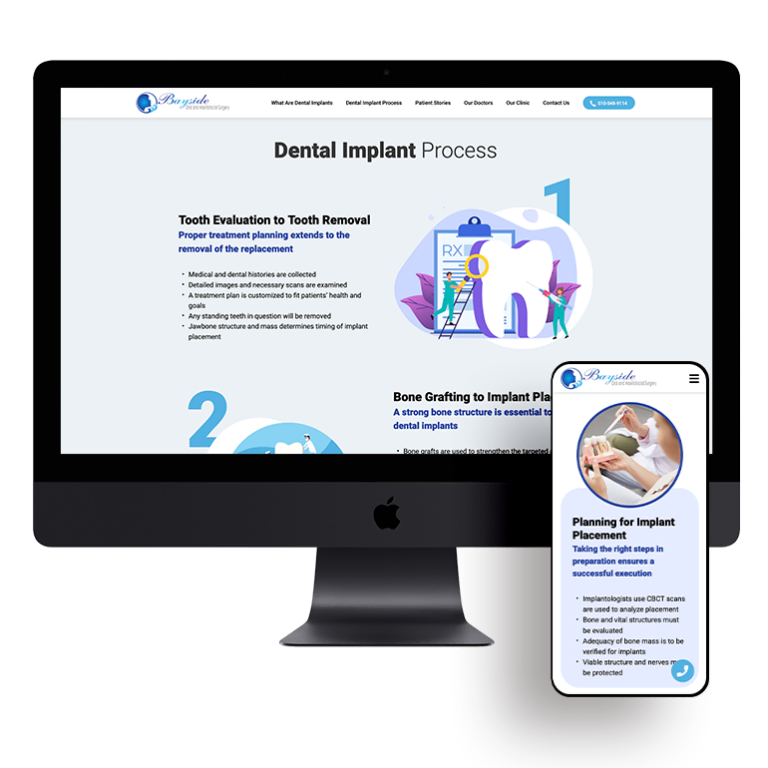
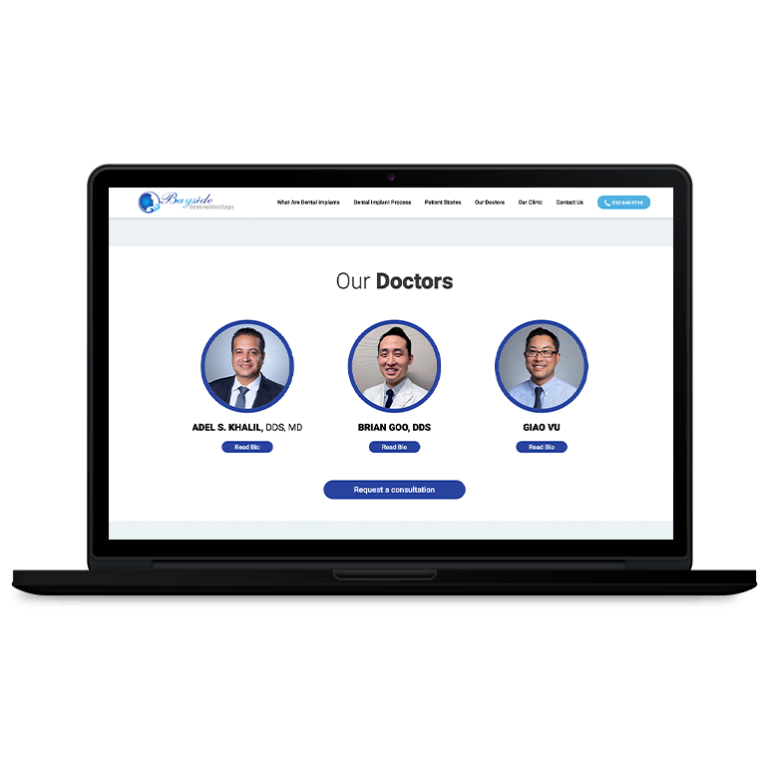
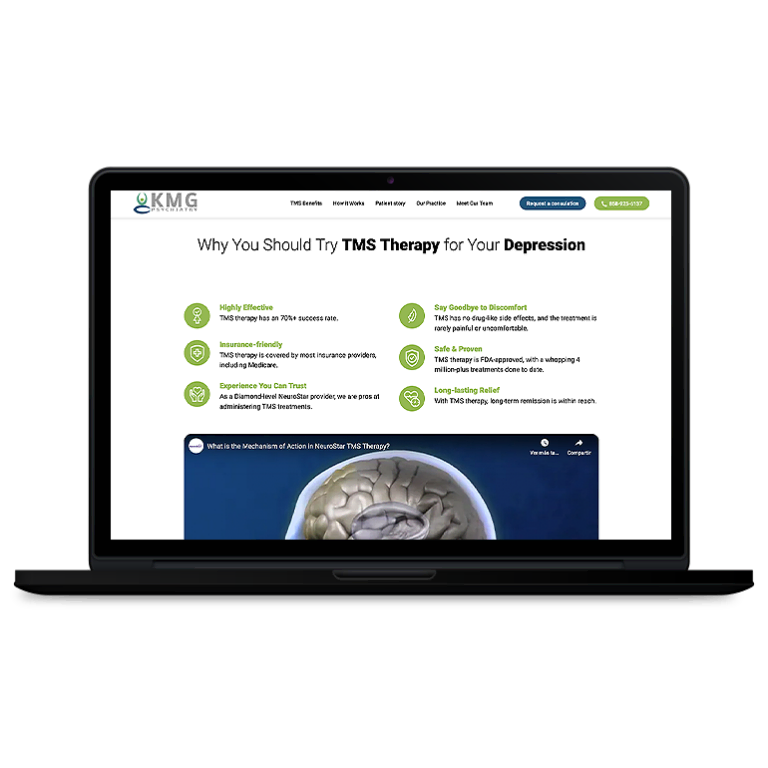
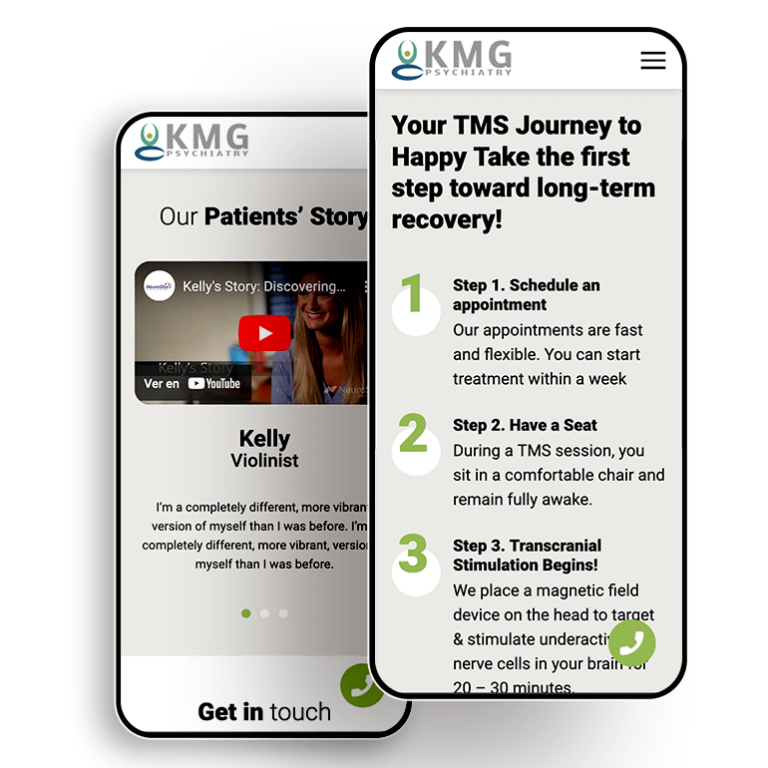
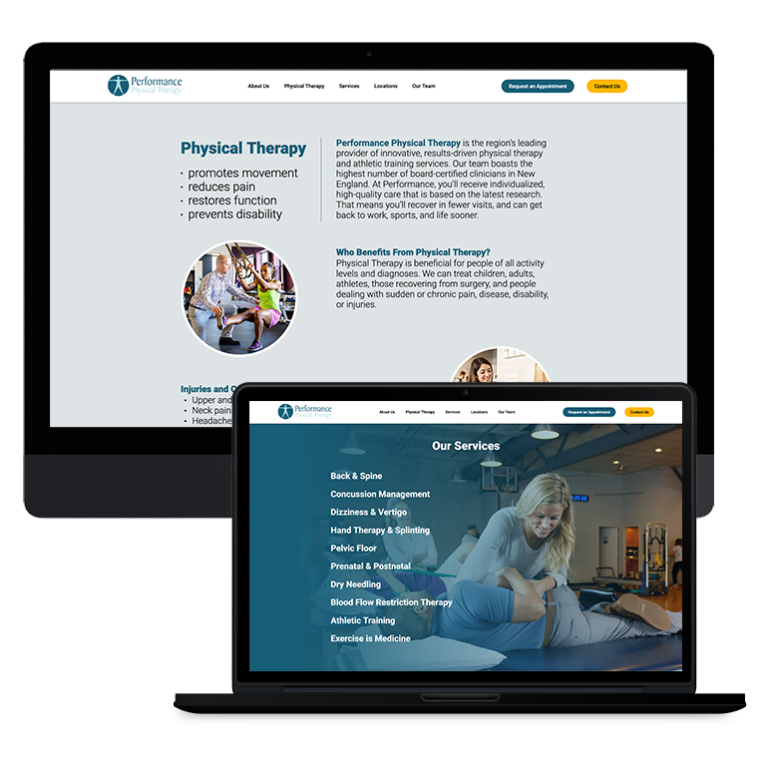
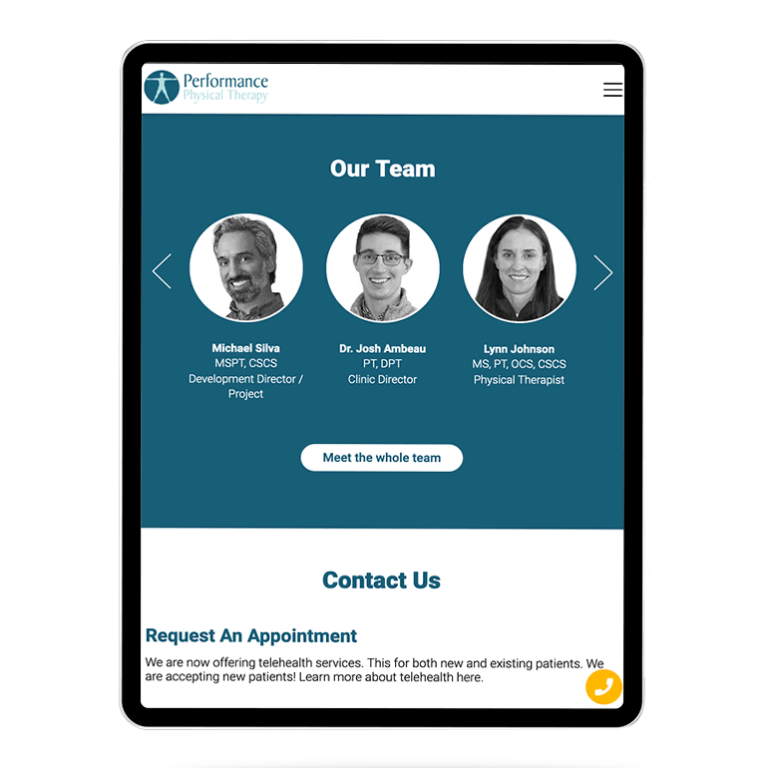

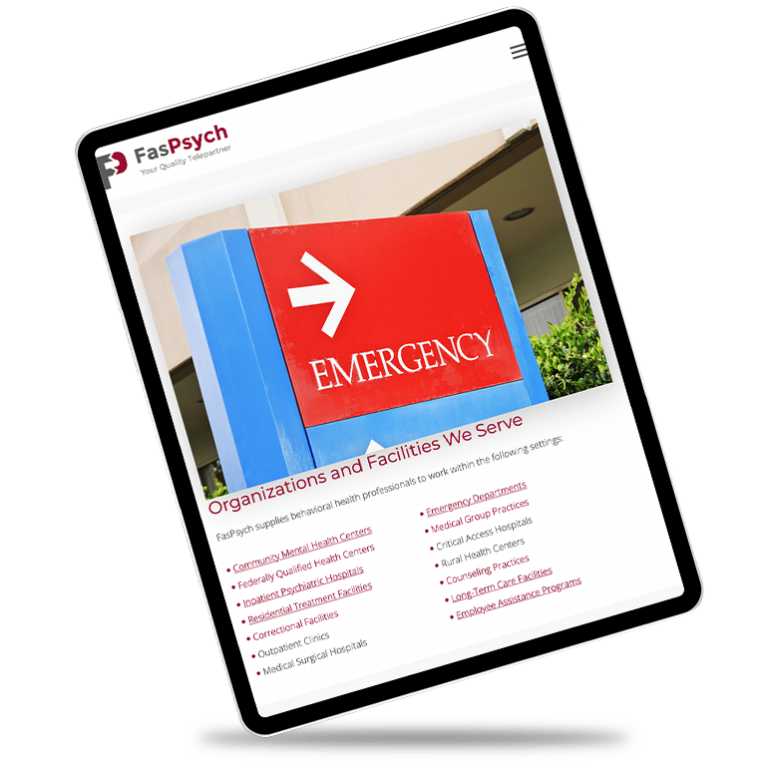
 Smart Design Creates New Patient Opportunities
Smart Design Creates New Patient Opportunities